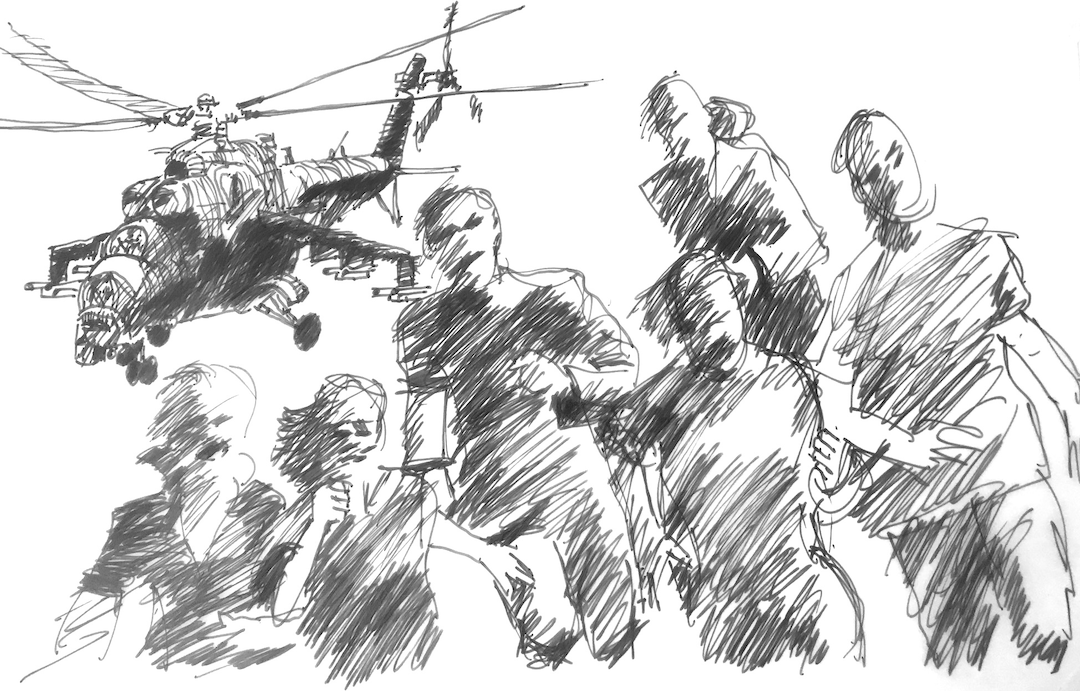The Shit is Hitting the Fan

Job losses hitting creative services.
WPP announced 7,000 layoffs so far in 2025, on top of 6000 let go in 2024.
IPG cut 2,400 jobs in the first half of 2025.
Omnicom cut 3000 jobs in 2024.
Publicis –– doing better than the others –– still announced layoffs of 300-350.
It’s not just creatives being let go. Total U.S. announced job cuts through September 2025 were 946,426. Bernie Sanders just announced that 100 million jobs will be lost to AI and automation in the next ten years.
To thrive, we creatives will have to be more strategic, more visible, and more adaptable than ever before.
We are creatives after all. We do know how to pivot to what’s next. Yes, it’s painful, but we are hard-wired for this kind of change.
When everything changes, those who learn to navigate the new environment have the advantage. We’re fucking built for it.
For my clients the question is how to build a community that provides income and personal joy. Income from creative work that gives us acclaim and work that puts us in that flow state we love.
My advice: Build your community.
Here’re six steps that you can use to find income-producing communities based your strengths, desires, experience, hopes, and dreams.
I intend this as a personal roadmap — six steps that you can take to find your right-fit, income-producing community. A community that aligns with who you are and what you want to become.
Start with self-discovery, not networking
Define what you actually want to give and get in return. Before you go looking for a community, take time to describe what you love most in your creative work (the flow moments).
What kind of people energize you (ambitious, nurturing, irreverent, visionary, whatever)?
What does income mean for you right now — steady clients, creative collaborations, teaching opportunities, or a new role?
Fill in the following: “I want to find a community where I can [share/grow/learn] my ability to [core strength] with others who [shared value or goal].”
That becomes your guide.
Identify the worlds you’re already part of
Your next community will grow from the ones you’re already part of. Look at…
Local connections: coffee groups, maker groups, indie bookstores, galleries, food co-ops, schools and unis.
Former colleagues, clients, and classmates.
Alumni networks, professional associations, or local meetups.
Online spaces where you already comment, post, or lurk –– LinkedIn and beyond.
And don’t forget friends and family.
Note where you feel naturally curious, supported, or inspired — that emotional pull is a clue. Those are fertile grounds for connection that leads to work and income.
Turn your strengths into search terms
Use your creative identity as a filter. Instead of searching for “freelancer community,” search for communities that match your creative sweet spot:
“UX designers who consult for nonprofits”
“Motion artists for indie filmmakers”
“Writers helping founders tell their stories”
“Filmmakers focused on the food industry”
Note how specific those are. When you match your craft and context, you’ll find communities where your expertise is valuable and cash circulates. We all have more than one area. One of my clients quit the corpcom game to do a podcast on baking.
Look before you commit
Treat your search like research. Like a base for creative strategy. Join a few possible communities and quietly observe for a few weeks:
What’s being celebrated — creative brilliance or client success?
Are members generous with advice and connections?
Do people talk openly about money and growth?
You’ll quickly sense which ones have authentic, reciprocal energy versus those built on self-promotion, vanity and ego.
Contribute with honesty –– do so consistently
Communities reward generosity, hospitality and kindness not salesmanship. Pass on what people give to you. Show up in ways that reflect your best self:
Ask thoughtful questions.
Offer help where you have expertise.
Share resources or lessons learned.
As you do, your name becomes associated with reliability and insight — the two magnets that attract collaboration, referrals, and teaching or consulting opportunities.
Let these connections evolve into revenue
Money flows once trust is established. Built genuine supportive connections:
Suggest small collaborations (“Want to co-host a workshop?”).
Ask for introductions to others who might need your help.
Offer paid sessions or creative services when it feels natural.
The key is reciprocity: give first, receive second, and you’ll find that communities become not just sources of income — but sources of support.
Finally
Yes, this can be slow and full of disappointments. I like to remember that I’m just a mammal. A bunny with a frontal lobe strapped on. I feel all the pain and rejection. I think it, and it shuts down my frontal lobe by flooding me with self-doubt and fear. Now, at least I know in advance that this always happens.
So be patient. Be easy on yourself. Find your people. Contribute generously. Let opportunities grow naturally.

